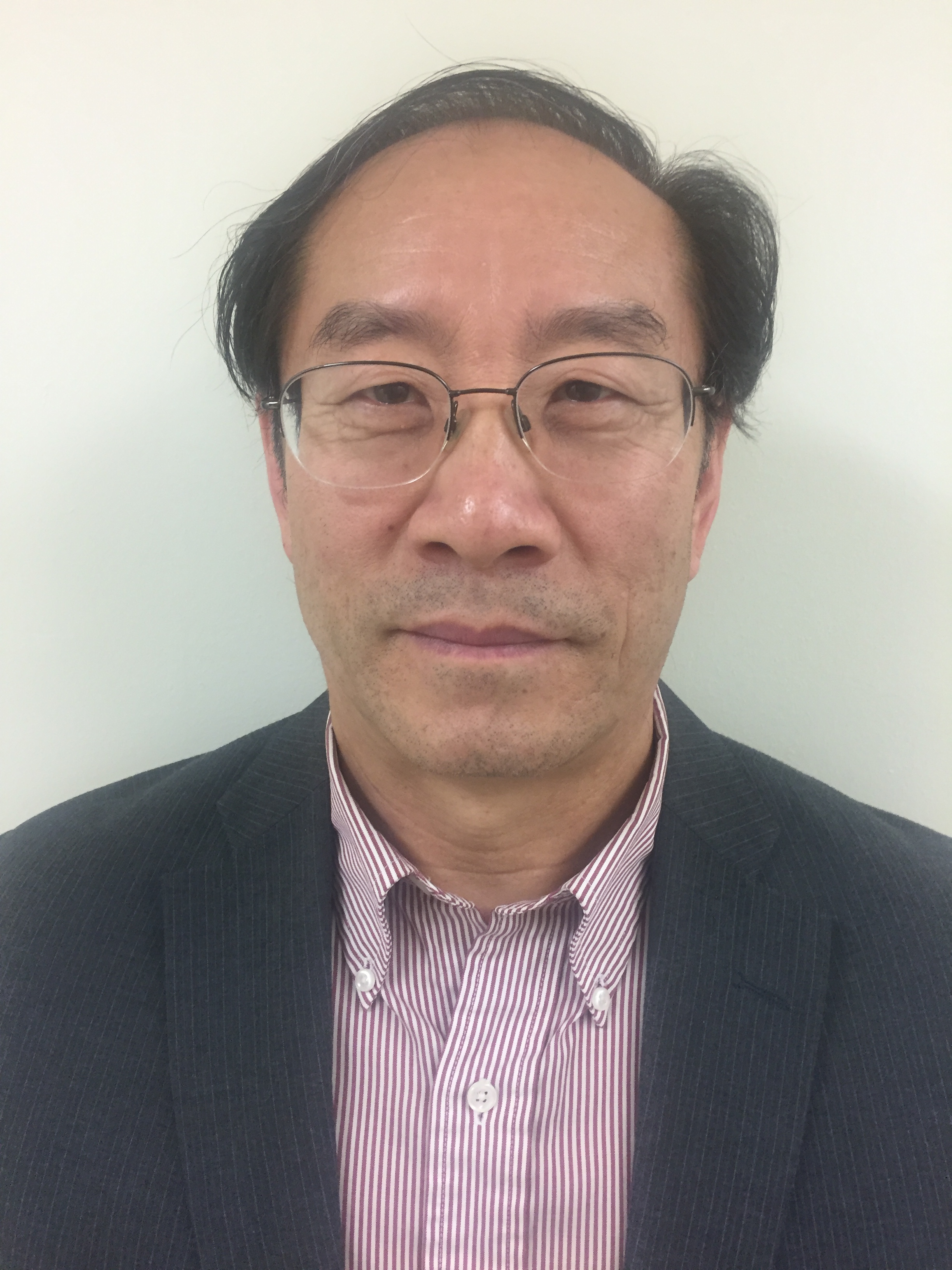Scientific Program

Boyun Guo
University of Louisiana at Lafayette, USA
Title: A new process for harvesting natural gas from seabed gas hydrate
Biography:
Boyun Guo is the director of the Center for Optimization of Petroleum Systems (COPS) of the Energy Institute of Louisiana (EIL) and professor in petroleum engineering at the University of Louisiana at Lafayette, USA. He received his PhD degree in petroleum engineering from the New Mexico Institute of Mining and Technology, U.S.A. in 1993. His research interest is diversified including development of unconventional energy resources. Dr. Guo has completed numerous research projects sponsored by the US federal and state governments, Nature Science Foundation of China, and the oil and gas industry worldwide. He has published over 130 technical papers in professional journals and conferences and 10 books by professional publishers. Dr. Guo is an editor for several professional journals. He has received a number of awards from the oil and gas industry for his outstanding research work and services.
Abstract
Engineers have struggled to produce natural gas from marine hydrates through drilling wells in the past two decades. The producing process has not been successful due to technical complications associated with hydrate decomposition such as wellbore collapse and sand production. Industry consensus is that commercial-scale gas production remains years away due to unsolved technical and environmental issues. A new thermal method called Moving Riser Method (MRM) is proposed in this work for producing natural gas from subsea gas hydrates and its feasibility is investigated. An analytical feasibility study was conducted in this project focusing on 1) achievable temperature of injected water at the seabed hydrate reservoir, 2) achievable gas production rate under given hot water injection conditions, and 3) production system design for environmental safety. This study concludes that with today’s pipe insulation technology water temperature drops only a few degrees from sea surface level to the seafloor level in an insulated 800 m deep vertical pipe. The injected water at seafloor level will be hot enough to dissociate gas hydrate at a commercial rate with an affordable energy consumption rate. The energy production to consumption ratio (PCR) is greater than 4. It is possible to use a gas collector of reasonable size (e.g., 2m in diameter) to gather all dissociated gas from the hydrate reservoir. Result of this investigation shows that producing natural gas from gas hydrate reservoir at seabed with the MRM is technically viable, economically feasible, and environmentally safe.
- Petroleum Engineering
- Sustainable and Renewable Energy
- Oil and Gas Processing
- Petroleum Geology
- Geophysical Exploration
- Advanced Natural Gas Engineering
- Major Challenges in Petroleum Industry
- Environmental Impacts in Petroleum Engineering
- Hydraulic Fracturing
- Advances in Petroleum Engineering
- Petroleum Additives: Synthesis and Application
- Bio Fuel
- Petrochemistry
- Petroleum Distillation and Refining
- Crude Oil
- Reservoir Engineering and Reservoir Simulation
- Petroleum Economics
- New Frontiers in Petroleum Engineering
- Petroleum Desulphurization Techniques
- Petro Physics

